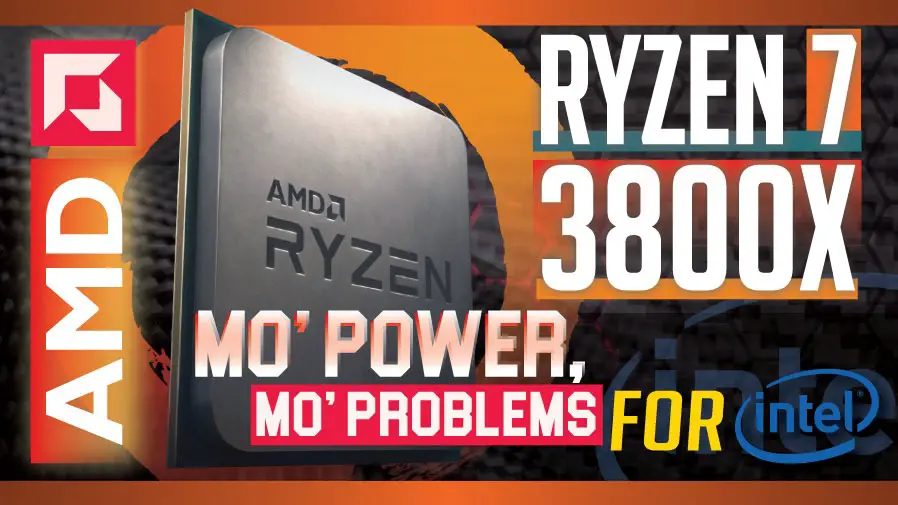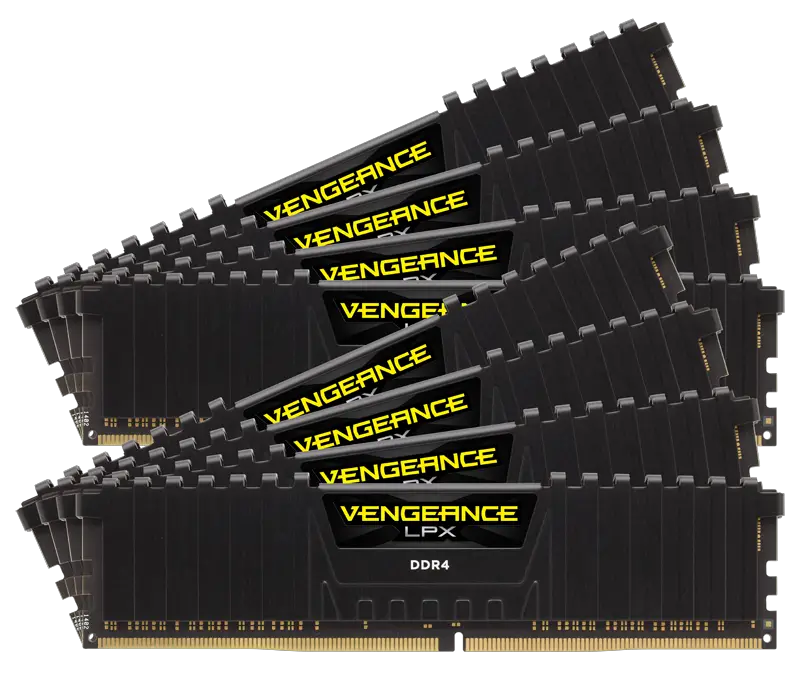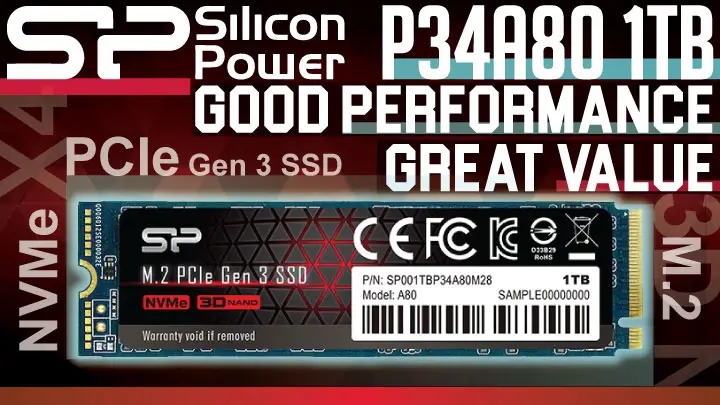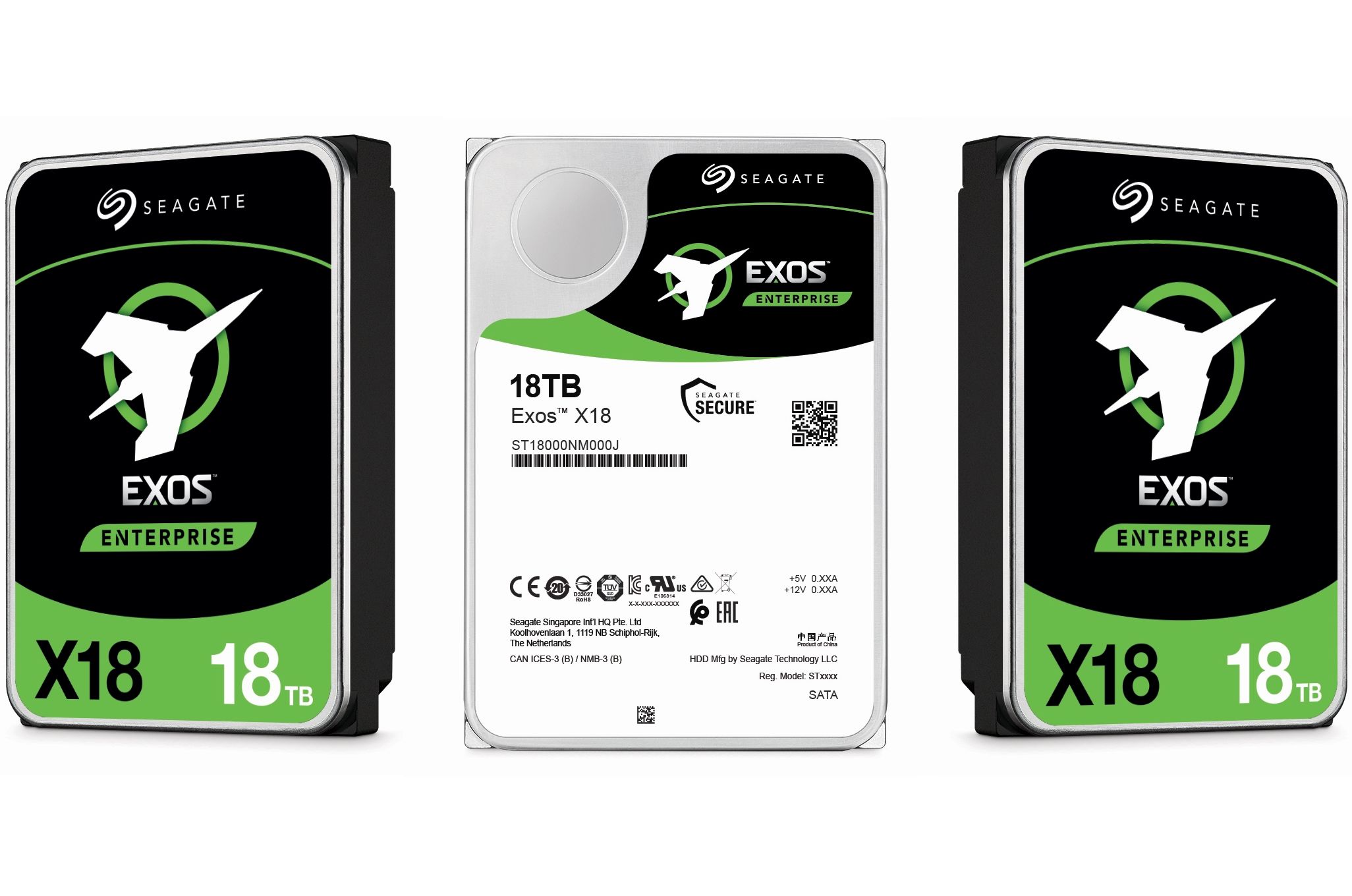Recently we have looked two vastly different models in the AMD Ryzen 3000-series stack. The budget friendly Ryzen 5 3400G and the Ryzen 5 3600X. Of these two only the Ryzen 5 3600X is a Zen 2 based model, however as it is ‘only’ a six core / twelve thread CPU it does not have a fully activated ‘CCD’ chiplet. Instead 1 quarter of the processor cores in the central processing chiplet are laser cut (or one of the four CCX’s laser cut depending on how you look at things). Today we are going to put the Ryzen 7 3800X under the microscope as this processor boasts one fully enabled CCD.
As it does have four CCX’s / one CCD chiplet fully activated it not only offers 8C/16T worth of processing horsepower, but also has more low level L1 cache. Due to the way the AMD Ryzen 3000-series product stack works it also promises more out of the box / stock performance and more performance boosting headroom than the similar core/thread count Ryzen 7 3700X model.. thanks to a higher TDP of 105watts instead of 65Watts. This ability to push things harder and faster is because it goes through more factory testing and only the cream of the crop CCD’s become Ryzen 7 3800X, while the 7 3700X get second pick of the CCDs. Of course, as this is a higher end processor it should come as no surprise that it does come with a bit more of a price-premium. Namely it has an MSRP of $350 compared to the Ryzen 7 3700X’s $329 MSRP.
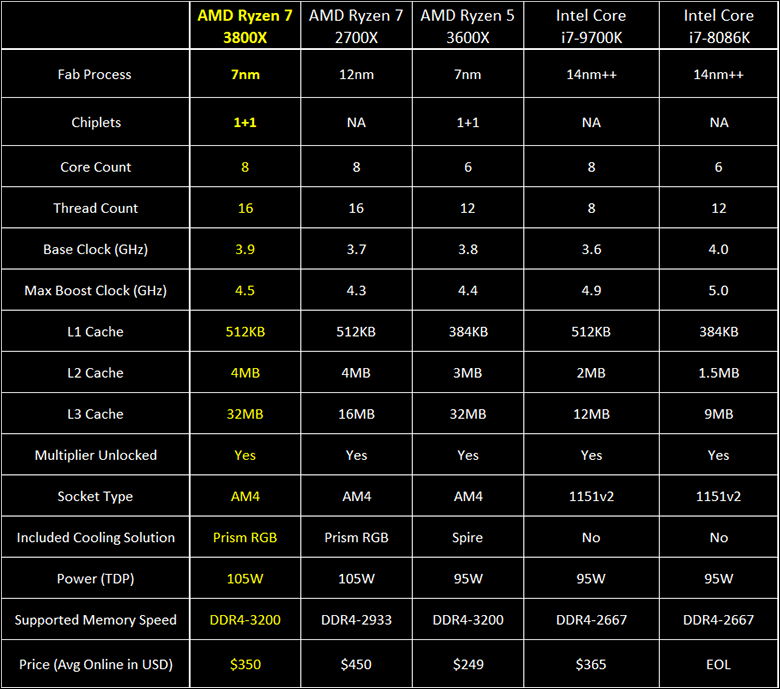
Oddly enough, for the Ryzen 3000-series the ‘7’ moniker does not mean it is a flagship model. The Ryzen 7 3800X is not even the second from the top. Instead AMD has released 12 and 16 core-based Ryzen ‘9’ models which boast of having two CCD’s instead of one (though only the $749 Ryzen 9 3950X has two fully activated CCDs with four CCXs as the $449 Ryzen 9 3900X ‘only’ has 1 and half CCDs / 3 CCX’s fully activated). This is why $349 is actually a full one hundred US dollars less than the last generation AMD Ryzen 7 2700X’s MSRP of $449 was upon its release. This ability to not only add a higher tier to their Ryzen product line-up but also lower prices of their once premium ‘Ryzen 7’ branded models does highlight the power and flexibility of AMD’s new Zen 2 architecture.
If an asking price of $350 sounds oddly familiar – and it should – this is because it is within striking distance of what Intel is charging for their mainstream, eight core / eight thread Core i7-9700K. On paper the $365 Intel Core i7-9700K offers fewer threads (as it does not have native SMT / ‘HyperThreading’ enabled) and noticeably less cache (384KB/1.5MB/9MB vs 512KB/4MB/32MB), but is clocked much, much higher (4.0 to 5.0 vs 3.9 to 4.5GHz). This certainly makes for an interesting comparison. So much so we tested and added the Intel Core i7-9700K to our charts so you can see precisely which CPU meets your needs best. No matter how the chips may fall one thing is for certain… it is a great time to be a mainstream PC buyer as both options offer performance levels that were once the sole domain of HEDT class processors and yet come with rather reasonable asking price.
